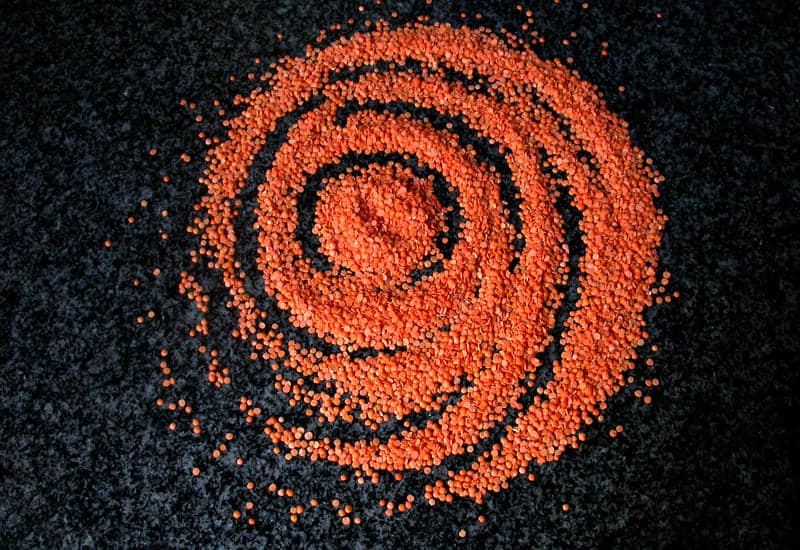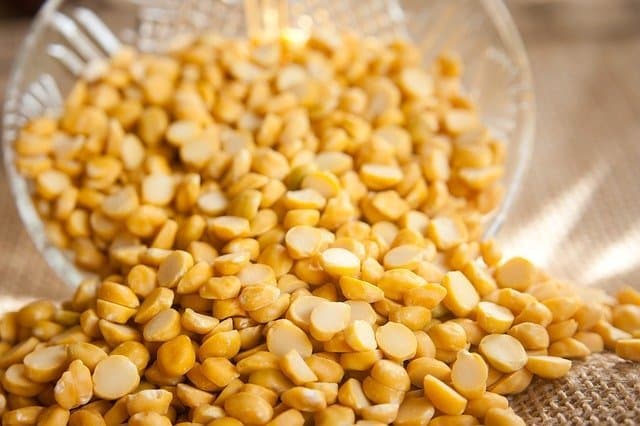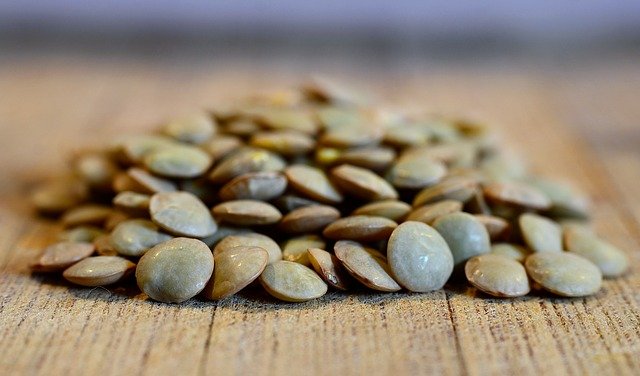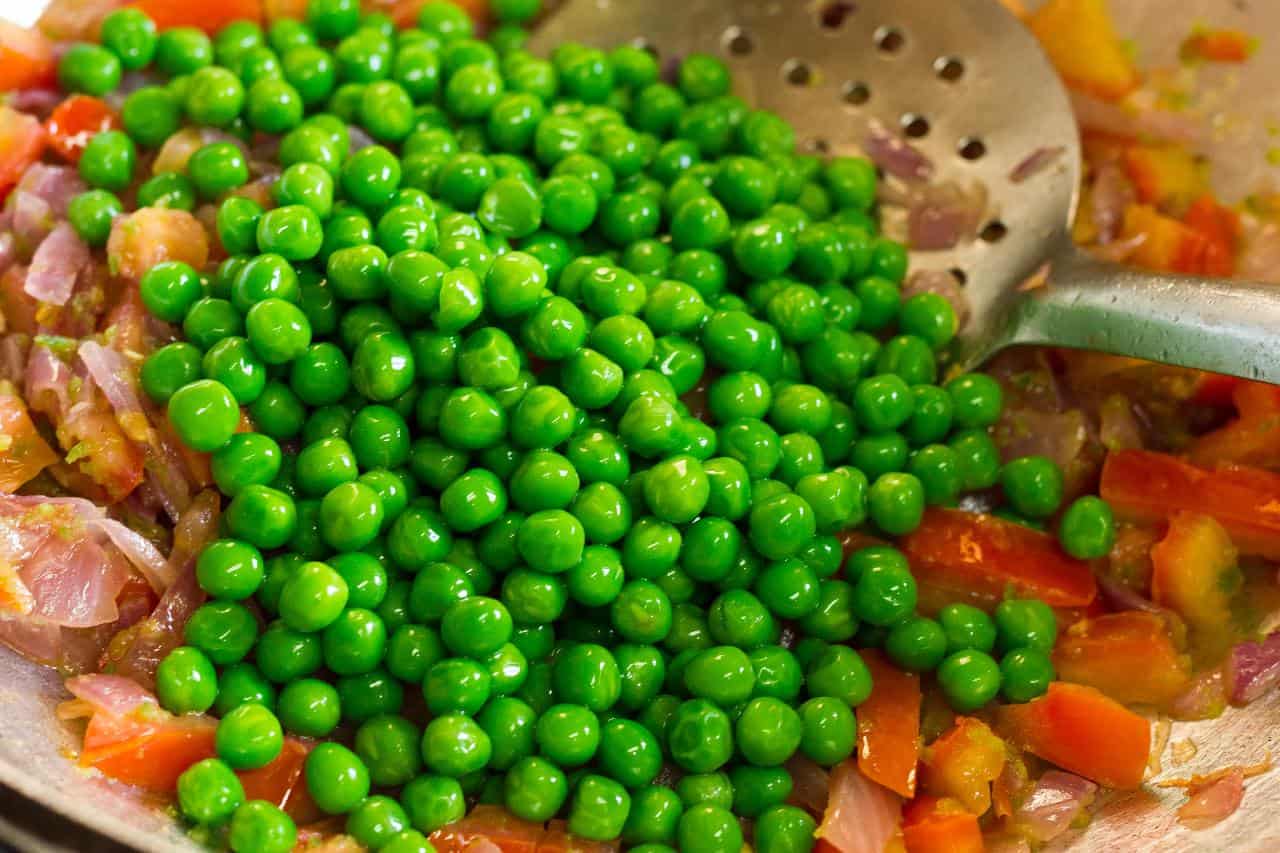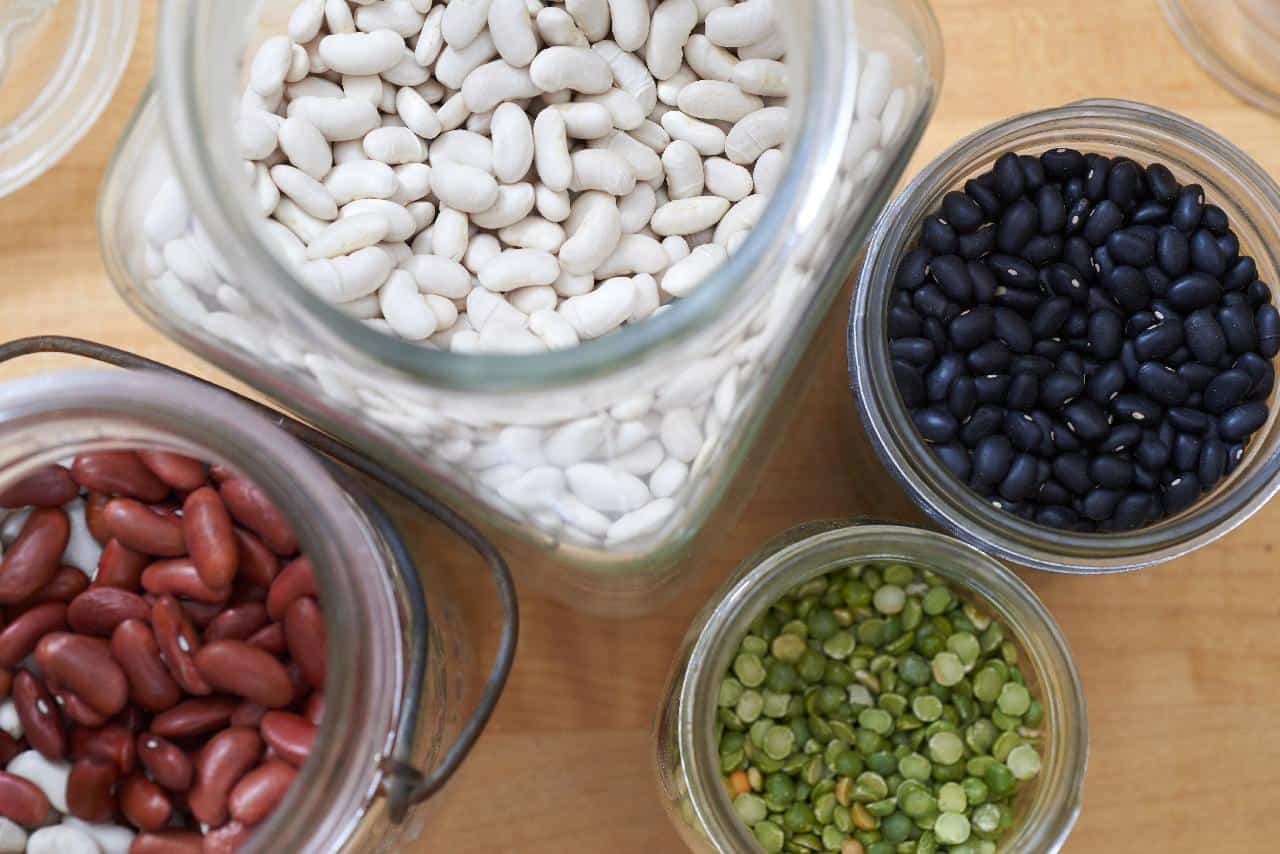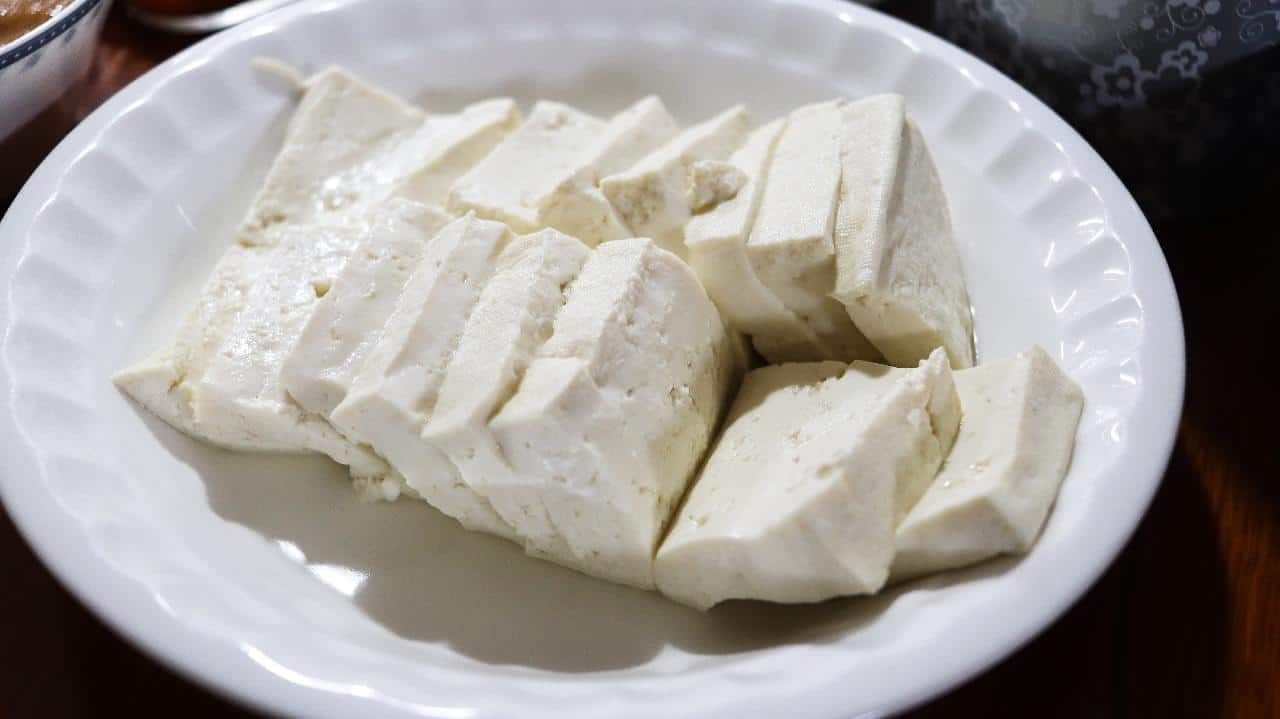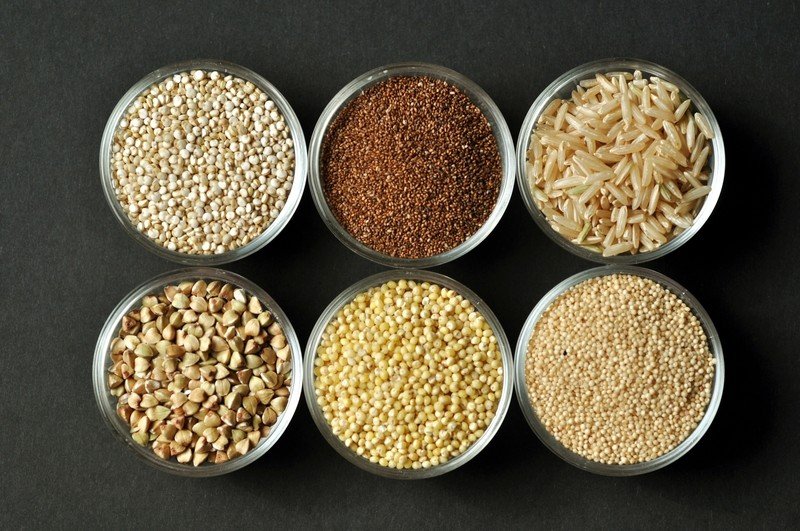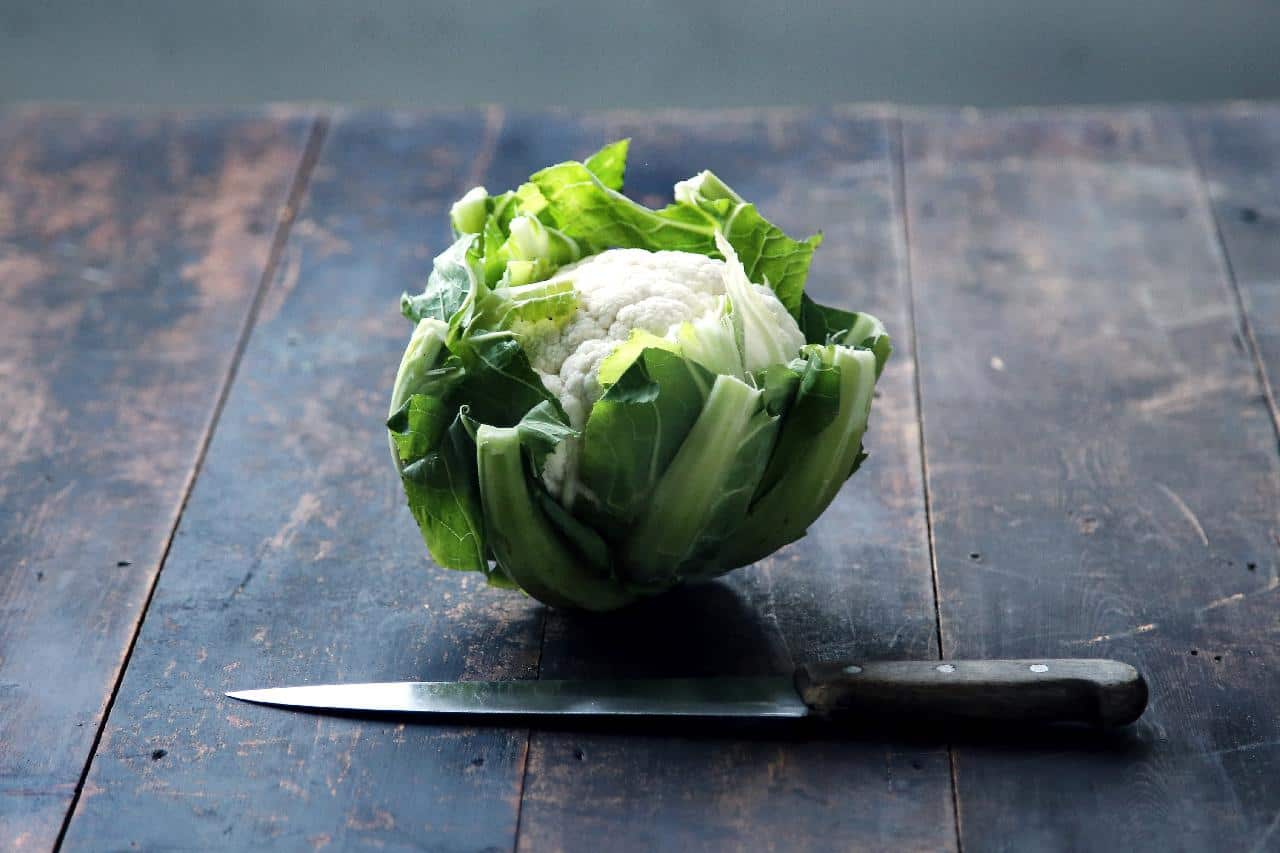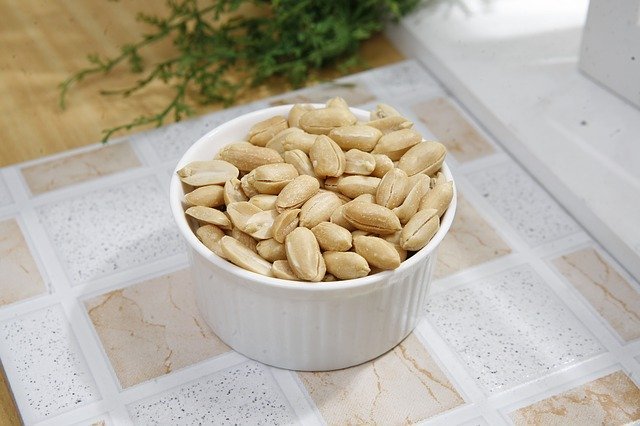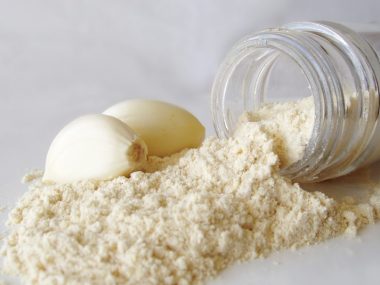Lentils help complete a meal, and they are available in many shapes and colors.
Red lentil is a sweet variety that produces delicious soups, salads, purees, stews, etc. They have a mild taste that is suitable for hearty dishes.
Moreover, compared to all other lentils, the red ones cook faster and give a mushy texture once cooked. Hence, it is the perfect thickening agent in soups.
People who do not like the taste of red lentils or have digestion problems might love to know a few substitutes that come in handy while cooking their favorite dishes.
Great substitutes for red lentils include yellow lentils, green lentils, peas, beans, tofu, soy, grains, nuts and seeds, cauliflower, and peanuts.
Let’s look at each of them in detail to understand if it will suit your taste buds.
Best Red Lentils Substitutes
Red lentils are used in sauces, soups, and stews. Hence, we have to look at alternatives that are similar in taste, texture, and consistency.
The ones below are the best substitutes for red lentils in various cuisines.
1. Yellow lentils
You can consider yellow lentils as the closest alternative to the red ones.
The flavor and texture do not differ much. Moreover, yellow lentils also provide a creamy consistency to soups and stews. They are also thick when cooked.
Some of the differences include the color and time taken to cook the yellow lentils, which are longer than their red counterpart. Additionally, another difference might be the taste as yellow lentils are not sweet.
People who do not like lentils can consider using the other substitutes mentioned below.
2. Green lentils
Green lentils give a peppery taste after cooking. Also, they do not disintegrate or turn mushy post-cooking.
Sometimes, they stay in shape for addition in salads, casseroles, side dishes, etc. Yet, if you cook for a longer time with added water, they can act as a thickening agent in soups.
These lentils come in the whole/split form, whereas red lentils always come in the split form. The cooking time for green lentils is way higher than red lentils.
3. Peas
The next best substitute for red lentils would be peas.
Most of the split peas bear the same taste as red lentils. They both come from the same family of legumes, so you can find many similarities that make it a great alternative in dishes.
You can hardly tell the difference in taste between pea soup and red lentil soup. Most of the lentils take less time to cook when compared to peas. Both hold the same nutritional value in terms of protein.
If you are looking for a healthy alternative go for peas as it has fewer calories when compared to lentil types!
4. Beans
Beans also work the same as lentils. Hence, if you are looking for a substitute that acts similar to red lentils in terms of flavor, consistency, and texture, beans make the perfect alternative.
Try different beans such as Navy, Pinto, Garbanzo, fava, lima as alternatives in your soups, salads, casseroles, etc. They differ in size, shape, and color.
Red lentils are small and split. However, beans are bigger and whole in most cases.
5. Tofu
Tofu is one of the substitutes for red lentils when you cannot digest them or simply do not like their taste. Tofu is also a healthier substitute for red lentils in terms of calories.
You can play with tofu in different forms in your dishes. Dicing and crumbling are a few of the options that give similar results for red lentils.
6. Soy or Tempeh
Red lentils are known for their high source of protein. Hence, if you are looking for a substitute that matches the protein levels, you can try soy or Tempeh.
They both have a better protein percentage than red lentils. Soybeans can taste like white beans. Many may not prefer the raw smell of soy and taste.
Tempeh is another ingredient that many prefer as an alternative to lentils. Moreover, they are better when crumbled just like lentils.
7. Grains
Lentils give an earthy and hearty flavor to dishes.
Similarly, you can try opting for grains like barley, rolled oats, brown rice, etc. Grains may vary in taste than red lentils, but many have a subtle flavor too.
Also, grains give the rich and creamy consistency you expect from red lentils. Use the grain that doesn’t provide a much different taste but still satisfies your liking.
8. Nuts and seeds
People around the globe use nuts in the place of lentils.
However, you have to soak some nuts like walnuts before cooking when required in puree form. Moreover, nuts give the same thickness to the dishes that you get from red lentils.
Nut allergy is common in humans. And for them, sunflower seeds work better. You may have to try out the number of seeds or nuts in the place of red lentils through repeated cooking.
Using both in the same quantity is not a possible scenario in kitchens.
9. Cauliflower
Cauliflower florets give a rich, creamy flavor to the soups that might take red lentils otherwise. Crush or mash them after cooking to get a similar thickness. The earthy essence derived from red lentils is present in cauliflower florets also.
The biggest similarity between cauliflower and red lentils is the nutty flavor and sweeter taste. Though not as sweet as red lentils, they can act as a good substitute for people who love vegetables in the place of legumes.
Add other vegetables like mushrooms or eggplant in the place of lentils to match their absence.
10. Peanuts
Peanuts are famous for their subtlety in flavor and taste.
Various cooking methods like roasting, baking, and steaming might alter their taste and smell. Hence, for a nutty flavor, peanuts make a good substitute. They just take longer to cook than red lentils.
So, plan if you wish to use it in soups and stews. Moreover, peanuts give the necessary thickness needed in the dishes as well.
What Is the Difference Between Red Lentils and Regular Lentils?
Red lentils come in orange or red color. Regular lentils, on the other hand, have a brown or dull yellow color. Numerous varieties of regular lentils range from dark brown to khaki brown.
After cooking, the regular lentils can hold shape to some extent. However, the red lentils begin to disintegrate due to the soft texture. Regarding taste, red lentils are sweeter than the regular lentils found in the market.
Regular lentils give an earthy flavor to the dishes added.
A common factor that ties both these lentils is their usage. They are both great for use in soups, salads, casseroles, stews, purees, sauces, etc.
Related Questions
What can I use instead of lentils?
Beans, peas, tofu, nuts and seeds, peanuts, and grains are a few substitutes instead of lentils. All these replicate the protein health quotient of lentils well.
Are red and brown lentils the same?
Red and brown lentils are not the same.
Apart from the color difference, brown lentils are known as regular lentils that retain shape even after prolonged cooking. Red lentils become mushy and mix with the dish well.
Can I substitute red lentils for brown in soup?
Red lentils make a great alternative for brown lentils in soups. The brown lentil soup tastes quite similar to a red lentil soup due to the creamy and thick texture developed by red lentils.
